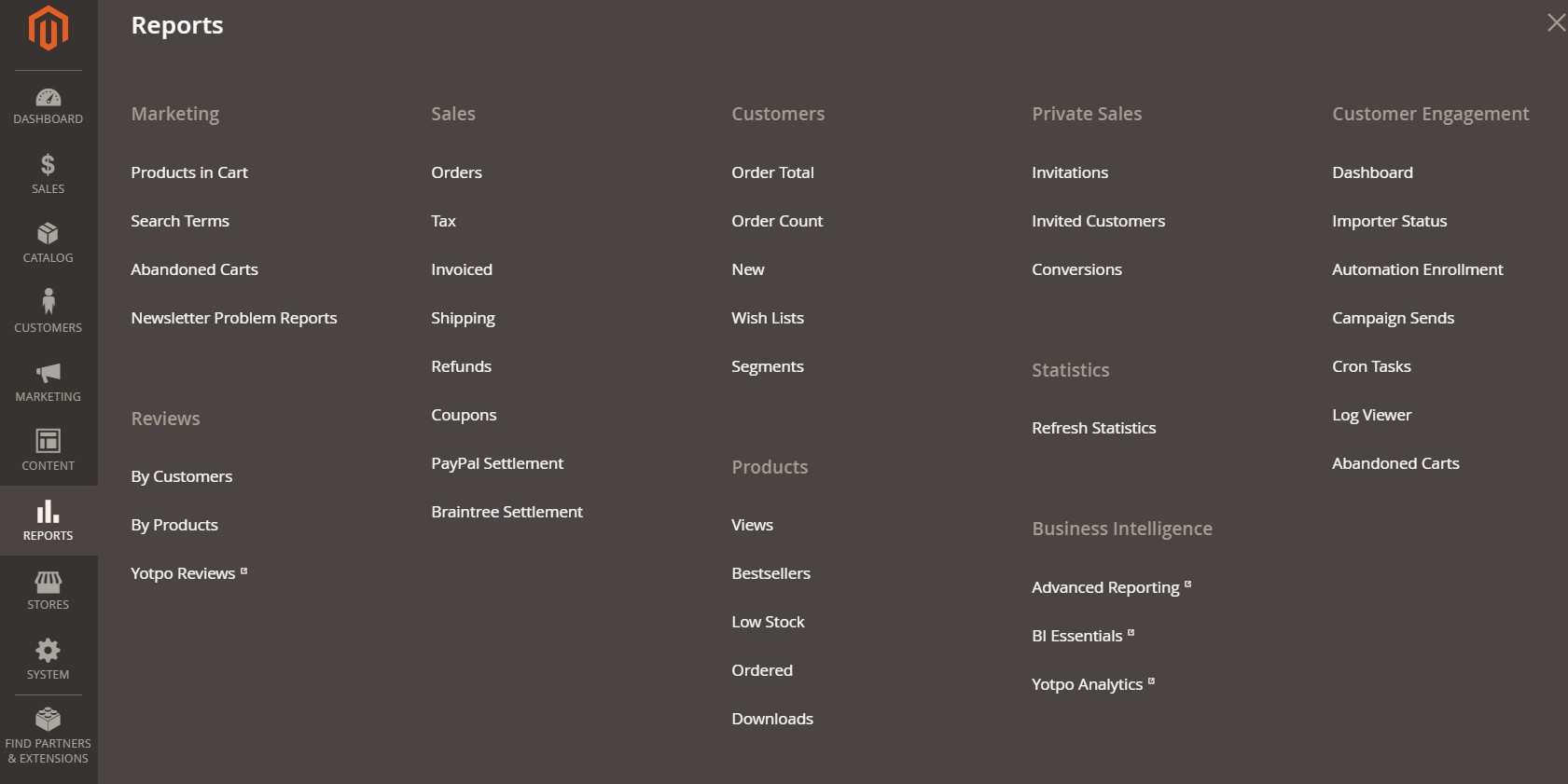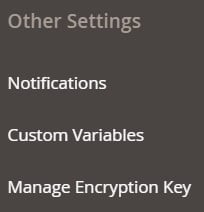Exploring Magento 2 Backend: Reports

You can leverage a wide selection of reports in the Magento 2 backend. They are developed to provide the most in-depth insights into your e-commerce business. Below, we train the spotlight on how to monitor the efficiency of your marketing efforts and sales, product performance, and customer engagement with the aid of the default means and third-party alternatives. The Reports menu, which is built right into the admin, provides easy access to current information about all aspects of your digital storefront. Furthermore, Magento 2, by default, offers several integrations with external services. If you don’t think that these opportunities are pretty reliable, we also describe how to bound your website to alternative reporting solutions. Continue Reading

 The following article continues delving into the
The following article continues delving into the 





